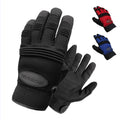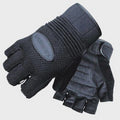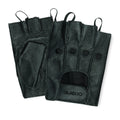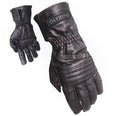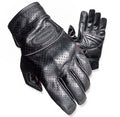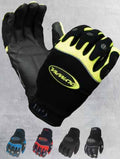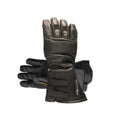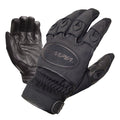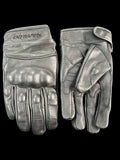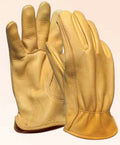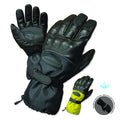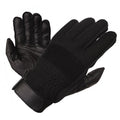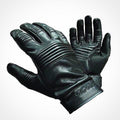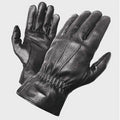3 Glove Company Strategies For Skyrocketing Leather Prices
Posted by ROGER HEUMANN
Leather prices have skyrocketed in recent years. The price of leather is up 90% in the past 5 years, and up 17% this year alone.
This is a particular challenge for our industry. The cost of leather can represent up to 60% of the cost of a leather glove. In leather glove manufacturing, raw material prices — especially the cost of leather — are critical.
Today, we want to share a 3-pronged strategy to deal with higher hide prices.
(Image Source: Bloomberg News)more

Why Eating Less Meat Makes Leather Gloves Cost More
High leather prices can be explained this way:
-
Fewer people are eating beef, which means less demand for cows. The US herd is the smallest it has been since 1951 — and the US is the primary cowhide producer.
-
Fewer cows mean a tighter supply of hides for car upholstery, furniture, shoes, and other leather goods.
-
At the same time, there has been a strengthening of demand for luxury leather goods in the developing world, especially China (luxury cars, handbags, etc.)
- This has caused an imbalance of supply and demand. Here’s a video segment from Bloomberg about “leather sticker shock”, for more details.
Acutally, hide prices were even higher 2 months ago; they’ve corrected a bit in the last 2 weeks, as shown below:
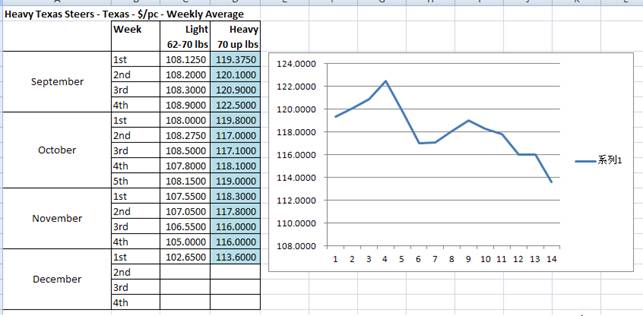
High leather prices will be with us for the forseeable future for the reasons outlined; apparel and accessories manufacturers for retailers and brands need a plan to deal with it.
3 Strategies to Deal With Higher Leather Prices
Whether you make leather sports gloves or boots, jackets or handbags, here’s how to proceed.
There are 3 options:
-
Downgrade the type/quality of leather: Look for lower quality skins that you can substitute without negatively impacting consumer perception, or change the type leather used. With a range of leathers sources and grades — cowhide, goat, pigskin, deerskin, etc. — substitution is sometimes an option. Of course, some leathers are better for certain glove categories than others.
(Learn More: “Which Leather For Gloves? Cowhide vs. Goatskin vs. Kangaroo and More”).
- Reduce the amount of leather used: Use less leather — for instance, as a trim material or used more sparingly, for the most visible or needed functional areas of a glove.
- Switch to synthetic, cheaper alternative materials: Consider man-made materials that offer great functional benefits. With the price of oil dropping, price advantages may become even more significant for nylon and other petroleum based materials.
In our experience, when the subtitution is handled well, the consumer often can’t tell higher quality leather from lower grades, and may even prefer the use of other materials that look and feel “on trend”.
A recent quote from Blake Krueger, CEO of Wolverine Boots, sums it up:
“A lot of our shoes are being re-engineered with materials that are not leather or not 100 percent leather. Frankly, the millennial consumer is growing up mostly in non-leather shoes.”
Takeaway for Leather Glove Brands
In building a glove line, strategically balance a lower gross margin on some styles, against a higher margin on others, to maintain overall brand margin.
Here’s our advice to the brands and retailers we work with: If you make and sell gloves, as we do for our own brand and our private label customers …
Consider YOUR customer:
-
If you have a higher-end brand: How will a 10% price increase impact demand? It may make sense to search for alternatives, to maintain the perception of quality, and still use leather more strategically.
- If your brand is at the lower end: Start exploring alternatives to avoid losing a cost-conscious customer. Downgrade the type and quality of skins (goat for cow, etc), or use less leather and incorporate synthetic alternatives.
- For ALL Brands: Re-engineer or update about a third of your line every year, to keep styling fresh and ahead of trends. In the process, prioritize the leather glove styles most affected by higher leather costs — continuing to use leather where needed, but making adjustments where you can.
Even luxe brands like Hermes and Prada are designing new product with less leather. We all need to pay attention.
How A Glove Company Can Help
Some glove companies are suppliers, others are true manufacturing partners.
We believe our role as glove experts goes beyond simply making a high quality, great fitting glove. Our goal is to help our customers stay ahead of the curve with business challenges like these.
Is it time to upgrade and reengineer your line? Roger, Ed and Peter have over 100 combined years in the glove business. For another point of view, get in touch!
TAGS:



